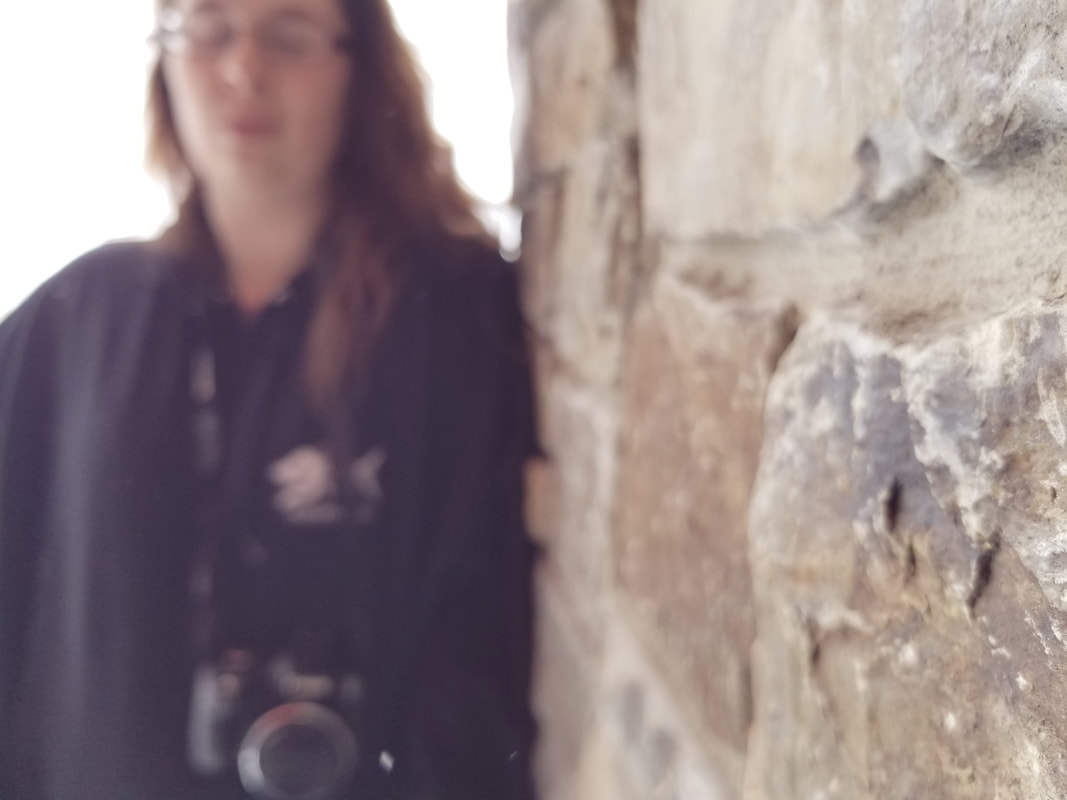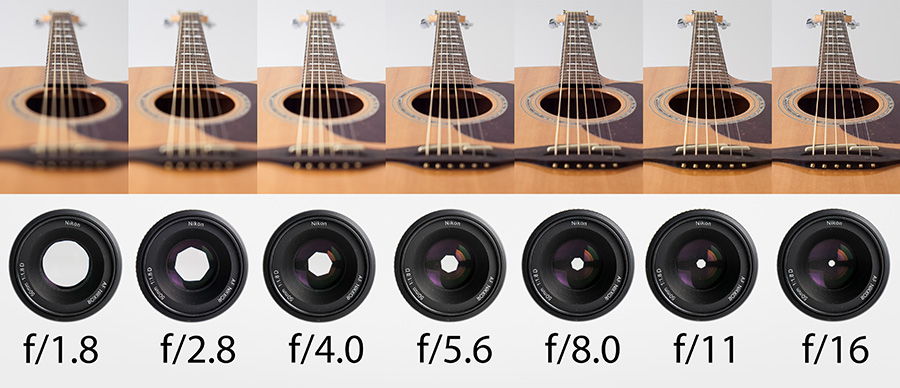

Example of an image that has a large depth of field. Give students time to discuss when one might want a shallow depth of field, and when one might want a larger one, all while observing examples of each. The higher your aperture (meaning the smaller the opening), the deeper your depth of field, which means that along with your subject, most of the foreground and background is also in focus. A shallow depth of field means the subject is mostly the only things properly in focus. During class I do my best to explain the physics involved (some of my students do a better job with this than I do!), but the objective here is for students to understand that the lower your aperture (meaning the wider the opening) the more shallow the depth of field. Depth of field is the distance between the closest and furthest objects within an image that appear relatively sharp.
#F stop and depth of field how to
For now, it is important for students to know how to change the aperture setting on their cameras, and to understand why they would want to.ĭepth of Field – Besides affecting exposure, aperture also affects depth of field. Of course, using the shutter speed setting in tandem with aperture is key, but that’s for a later lesson. Aperture openings and their effect on exposure Underexposure, correct exposure and overexposure If possible, students should take notes on the settings used so they can reference them when viewing the images later. So, the best students can do to improve their skills is to have their cameras with them as much as possible and to shoot, shoot, shoot. Continuously practicing, and even playing with some bracketing exercises, (in which you take the same image several times under different apertures), helps one tremendously. With the correct aperture, your image comes out just right. If the aperture is too narrow, the image will be underexposed. If your aperture is opened too wide, your image will be overexposed. It’s like Goldilocks and the three bears. One way the aperture setting affects an image is through exposure.

Lens aperture openings and their corresponding measurement, or f-stop

While this may seem counter intuitive to some, I tell my students to imagine these numbers as fractions, and thus a fraction of 1/1.8 is larger than 1/29. An f-stop, or aperture, of 1.8 is a very wide opening, while an f-stop, or aperture, of f/29 is quite small. Most camera’s apertures range from f/2.8 to f/29, but many can go lower than 2.8 and higher than 29. Well, your camera works in a similar way. It is widest when it is darkest, to let in more light. Imagine your pupil dilating, form small to large. This opening can range from very small to very wide, and therefore determines the amount of light that can enter your camera. Know how each one works, and how each affects an image, and the rest is icing on the cake.Īperture is the opening of your lens.

#F stop and depth of field iso
Description of the Unit – This is the second lesson of a seven-lesson photography unit, and for this lesson we are focused on aperture, and its effect on exposure and depth of field.Īctivity statement – I would venture to say that aperture, shutter speed and ISO are the most important settings on your camera.


 0 kommentar(er)
0 kommentar(er)
